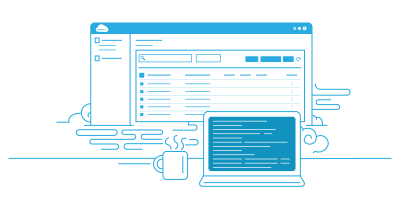Our team recently did a deep dive on our AWS account spending, and (shock!) found a fair bit of waste. You’re probably familiar with some of these: infrastructure spun up for a project that has died on the vine, unused servers spun up for development & testing, databases abandoned from old systems… We’re all looking for ways to optimize our AWS spending. We’ve mentioned AWS tagging in the past, but there’s also an option called AWS Cast Categories.
AWS Cost Categories is a powerful FREE feature within Amazon Web Services’ cost management toolkit that enables you to organize and analyze AWS spending in a way that aligns with your business structure and needs. This tool is particularly valuable for organizations with complex AWS deployments spanning multiple accounts, departments, or projects. At its core, AWS Cost Categories allows users to create custom categories and define rules for automatically allocating costs. These categories can be based on various attributes such as account IDs, tag keys, charge types, or service names. By setting up these categories, businesses can gain a more granular and meaningful view of their AWS expenditures.
One of the strengths of Cost Categories is flexibility. Users can create up to 50 active cost categories per account, each with up to 500 rules. This allows for highly detailed cost allocation strategies that can accommodate even the most complex organizational structures.
How to Set Up Cost Categories
To set them up takes three steps:
- Define the category name and rules
- Activate the category
- Apply the category across relevant accounts
Once you have them set up, you can seamlessly integrate these categories with other AWS cost management tools. They can be used in Cost Explorer to filter and group costs, in AWS Budgets to set spending limits for specific categories, and in AWS Cost and Usage Reports for detailed analysis.
Practical Applications of AWS Cost Categories
- Separating costs for different environments (e.g., development, QA, production)
- Tracking expenses by department, team, or cost center
- Allocating shared service costs across multiple projects or clients
- Distinguishing between fixed and variable costs
Benefits of Using Cost Categories
- Improved visibility into AWS spending patterns
- Ability to identify cost optimization opportunities
- More accurate cost allocation for internal chargeback or client billing
- Alignment of cloud costs with business metrics and KPIs
Your AWS Cost Categories Strategy
AWS Cost Categories offers a robust solution for managing and optimizing cloud spending. By providing detailed insights into cost allocation across various business dimensions, it enables organizations to make informed decisions about resource utilization and budget allocation. While Cost Categories is powerful, it does require planning and regular maintenance to ensure it continues to accurately reflect your organization’s structure and cost allocation needs. If you’re looking to gain deeper insights into your AWS spending and optimize cloud costs, AWS Cost Categories can be invaluable.



Leave A Comment